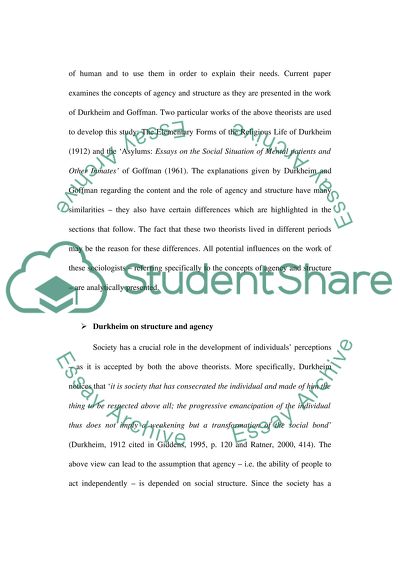Cite this document
(The Connections between the Structures of Our Society and the Kinds of Coursework, n.d.)
The Connections between the Structures of Our Society and the Kinds of Coursework. Retrieved from https://studentshare.org/sociology/1550362-compare-the-ways-in-which-durkheim-and-goffman-have-understood-the-connections-between-the-structures-of-our-society-and-the-kinds-of-people-we-are
The Connections between the Structures of Our Society and the Kinds of Coursework. Retrieved from https://studentshare.org/sociology/1550362-compare-the-ways-in-which-durkheim-and-goffman-have-understood-the-connections-between-the-structures-of-our-society-and-the-kinds-of-people-we-are
(The Connections Between the Structures of Our Society and the Kinds of Coursework)
The Connections Between the Structures of Our Society and the Kinds of Coursework. https://studentshare.org/sociology/1550362-compare-the-ways-in-which-durkheim-and-goffman-have-understood-the-connections-between-the-structures-of-our-society-and-the-kinds-of-people-we-are.
The Connections Between the Structures of Our Society and the Kinds of Coursework. https://studentshare.org/sociology/1550362-compare-the-ways-in-which-durkheim-and-goffman-have-understood-the-connections-between-the-structures-of-our-society-and-the-kinds-of-people-we-are.
“The Connections Between the Structures of Our Society and the Kinds of Coursework”, n.d. https://studentshare.org/sociology/1550362-compare-the-ways-in-which-durkheim-and-goffman-have-understood-the-connections-between-the-structures-of-our-society-and-the-kinds-of-people-we-are.


